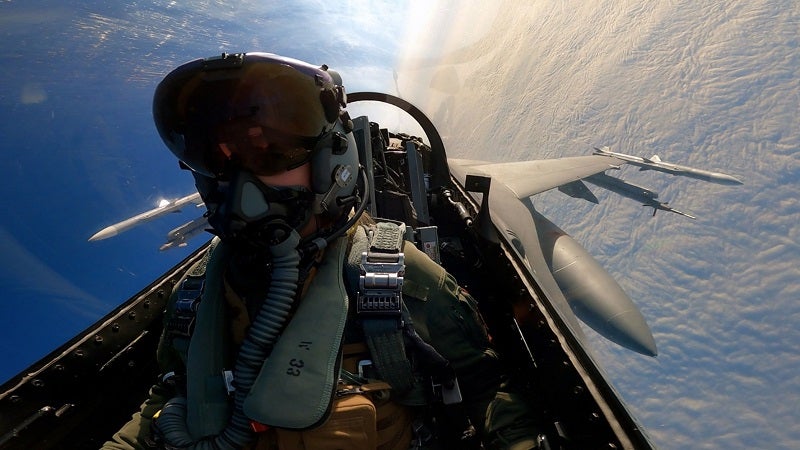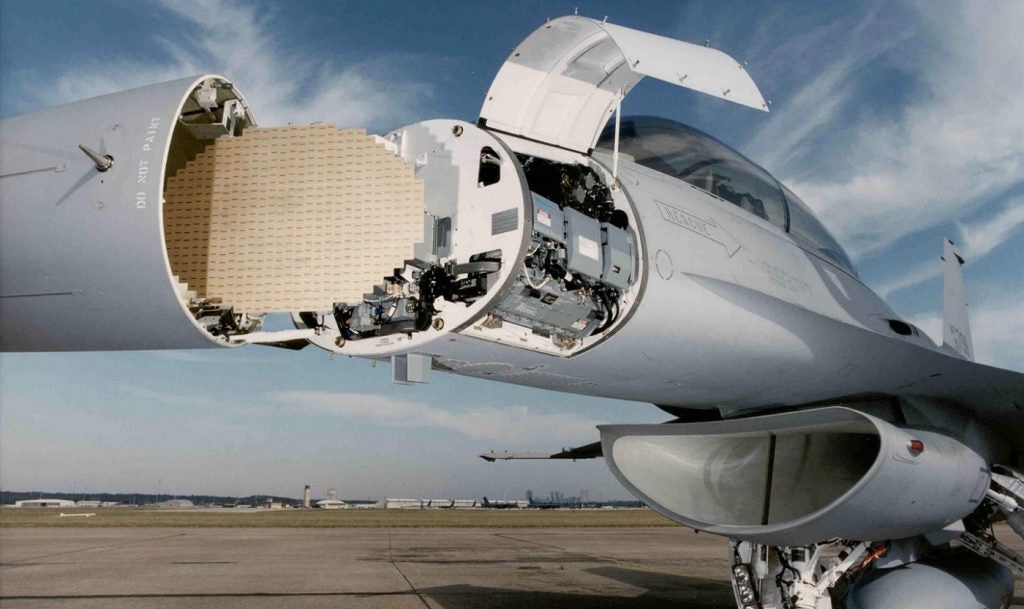Under a new contract worth half-a-billion-dollars, the US defence prime, Northrop Grumman, has been tasked to support 11 global air forces with F-16 radar components.
Specifically, the contract provides for the repair and return of AN/APG-68 version 9 components through the US Foreign Military Sales procurement route. Work will be performed at Linthicum Heights, Maryland, and is expected to be completed by 30 July 2030.
Chile, Egypt, Greece, Indonesia, Iraq, Oman, Morocco, Pakistan, Poland, Thailand and Türkiye will benefit from this offering. It is worth noting that most of these countries countries wholly rely on the US defence industrial base to sustain their F-16 fleets.
This enduring radar system enables engagement of air-to-air and air-to-surface threats with greater accuracy and at greater ranges than legacy F-16 fire control radars. It provides autonomous, all-environment, precision air-to-surface targeting with a high-resolution synthetic aperture radar ground mapping mode.
Strategic upgrade of global combat airpower
The structural and capability upgrades of the F-16 aircraft will ensure that the standard aircraft remains operational until 2060 and beyond.
As part of its efforts to strengthen the combat airpower of its allies, the US Department of Defense have already implemented the modernisation of many F-16 fleets to the latest Block 70/72 iteration, also known as the ‘Viper’ configuration.
Among those listed is Türkiye, a nation whose $23bn Viper modernisation was approved at the end of January 2024 after the republic acceded to the accession of Sweden to the Nato military alliance.

Notably, the US has also upgraded the Hellenic Air Force units to the F-16V less than three years before the Turkish advancement. However, Greece’s US combat airpower extends to their acquisition of the fifth-generation F-35A Lightning II multi-role aircraft, for which they signed a letter of offer and acceptance in late July 2024.
There are two implications to take away from this show of US government support: first, that the F-16 remains a fundamental asset in the future of aerial warfare, and second, that the US is currently pursuing a military balance on the world stage.
This is demonstrated in the allocation of resources between Greece and Türkiye, two countries driven by mutual enmity, but also with other states struggling in a multi-polar world, including Taiwan, which received infra red seekers and simulator training support for its 140 units.









